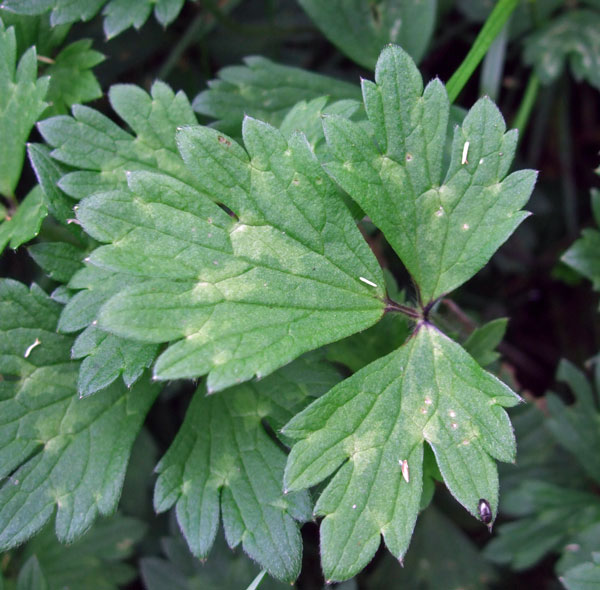
Creeping Buttercups (Ranunculus repens)Ĭreeping buttercups are resilient weeds, which means they need very little care and maintenance. These roots have the ability to survive through the winter and start to grow back in the spring after the frost has passed. Bulbous Buttercups (Ranunculus bulbosus)īulbous buttercups were named so due to their thick, bulb-like roots that go deep in the ground. These plants grow up to a height of around 1 M (3 feet) and produce flowers mostly from April to October.

This is the most common type of buttercups you can find in parks, grasslands, and gardens around you. However, some varieties are used in traditional Asian medicine to treat fever, redness of skin, and rheumatism. Most species of buttercups are toxic to humans and animals when consumed. Some of these colors include white, red, orange, pink, and purple. However, over time, many other new colors have been introduced through breeding and hybridization. Naturally, buttercups only produce flowers in shades of yellow. While most of them are perennials, some can be grown as annuals or biennials as well. 326, 328.Buttercups, (“Ranunculus”), are a widely diverse species that consists of around 600 varieties. Institute of Irish Studies and The Queen's University of Belfast ISBN 0-85389-446-9. Stewart and Corry's Flora of the North-east of Ireland.

This name is in reference to the amphibious habitat of many Ranunculus species. Ranunculus is a diminutive of 'rana', meaning 'little frog'.
#Buttercup weed skin
Contact with the sap of the plant can cause skin blistering. Creeping buttercup also is spread through the transportation of hay. The plants then take advantage of the cropped ground around it to spread their stolons. The taste of buttercups is acrid, so cattle avoid eating them. Like most buttercups, Ranunculus repens is poisonous, although when dried with hay these poisons are lost. Cultivation and uses Ĭreeping buttercup was sold in many parts of the world as an ornamental plant, and has now become an invasive species in many parts of the world. In Ireland: very common in damp places, ditches and flooded areas.

It is a very common weed of agricultural land and gardens, spreading quickly by its rooting stolons and resisting removal with a deeply anchored filamentous root ball. It grows in fields and pastures and prefers wet soil. Creeping buttercup has three-lobed dark green, white-spotted leaves that grow out of the node. The fruit is a cluster of achenes 2.5–4 mm ( 3⁄ 32– 5⁄ 32 in) long. The gloss is caused by the smooth upper surface of the petal that acts like a mirror the gloss aids in attracting pollinating insects and thermoregulation of the flower's reproductive organs. The flowers are golden yellow, glossy, and 2–3 cm ( 3⁄ 4– 1 + 1⁄ 4 in) diameter, usually with five petals, and the flower stem is finely grooved. Both the stems and the leaves are finely hairy. The leaves higher on the stems are smaller, with narrower leaflets and may be simple and lanceolate. The basal leaves are compound, borne on a 4–20 cm ( 1 + 1⁄ 2–8 in) long petiole and divided into three broad leaflets 1.5–8 cm ( 1⁄ 2– 3 + 1⁄ 4 in) long, shallowly to deeply lobed, each of which is stalked, distinguishing the species from Ranunculus acris in which the terminal leaflet is sessile. It has both prostrate running stems, which produce roots and new plants at the nodes, and more or less erect flowering stems. It is a herbaceous, stoloniferous perennial plant growing to 50 cm (20 in) tall.

It is also called creeping crowfoot and (along with restharrow) sitfast. Ranunculus repens, the creeping buttercup, is a flowering plant in the buttercup family Ranunculaceae, native to Europe, Asia and northwestern Africa.


 0 kommentar(er)
0 kommentar(er)
